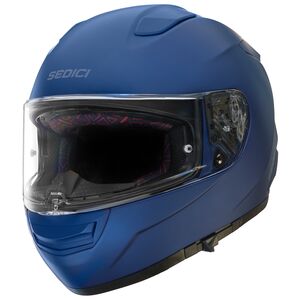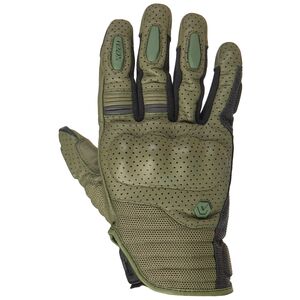“But, do I really need all that gear?” — new rider (probably).
If you’ve ever introduced a family member, friend, or friend of a friend to motorcycling, you’ve likely fielded this question. At some point in the process, they’ve added up all the costs — the MSF course, the registration fees, the insurance rates, the bike itself — and they’ve concluded that gear is the most "logical" area for cost savings. Squid math at its best (by which I mean, at its worst).
As a moto-mentor, your answer should undoubtedly be, “Yes, you really do need all that gear.” That’s easy to say when you’ve accumulated helmets, leather jackets, and riding jeans over the years, if not decades. It’s much less agreeable when your quirky new hobby feels like it's fast-tracking you to Chapter 7 bankruptcy.
So, if your mentee is cash-strapped or hard-headed (or both), it’s worth prioritizing the most critical gear first. Wearing all of the gear may be best, but wearing some of the gear is better than wearing none of it. This negative Nancy is compelled to reiterate that head-to-toe gear is your best bet for escaping a crash fully intact, but if forced to choose, here is the must-have motorcycle gear ranked in order.
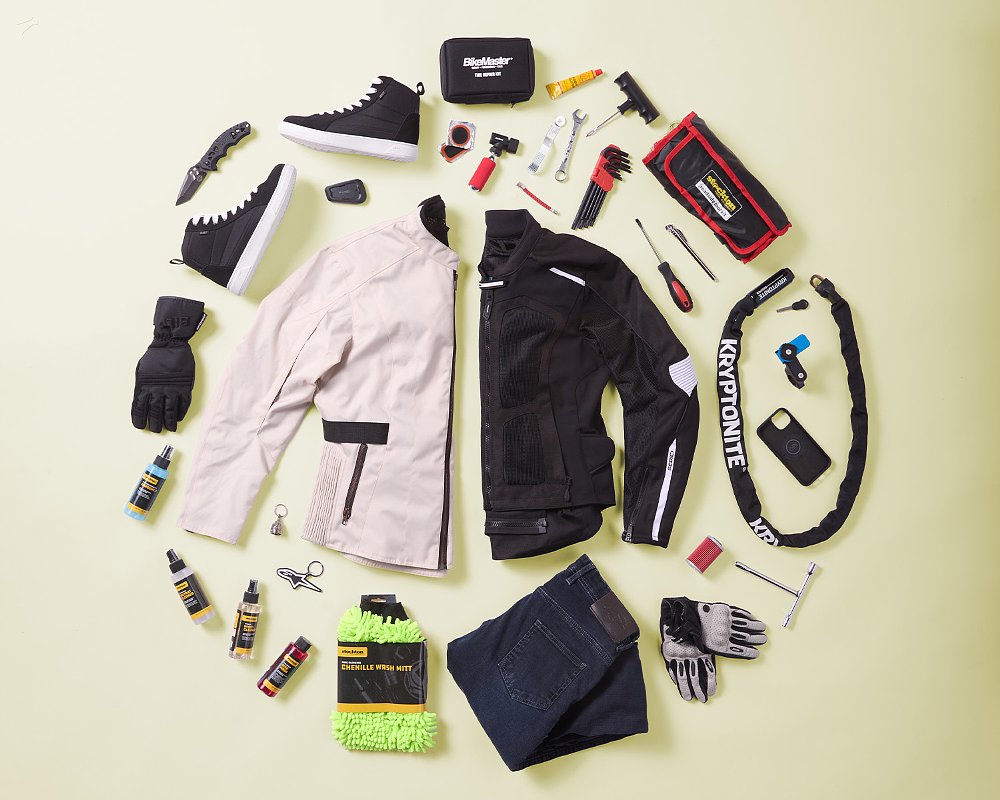
Helmet
Noggin. Noodle. Cabeza. No matter what you call it, your head is pretty pivotal to your well-being and, you know, your survival. A brain bucket goes a long way in protecting your greatest asset, as evidenced by universal helmet laws in 71% of countries worldwide and 18 U.S. states (plus Washington D.C.). Studies and research conducted by some wicked smart people don’t hurt either.
The Insurance Institute for Highway Safety (IIHS) reported 5,229 motorcyclist deaths (rider and passenger) in 2017. According to the Centers for Disease Control and Prevention (CDC), helmets saved approximately 1,872 lives that same year. The CDC also estimates that 749 more lives would have been saved had all motorcyclists worn helmets in 2017.
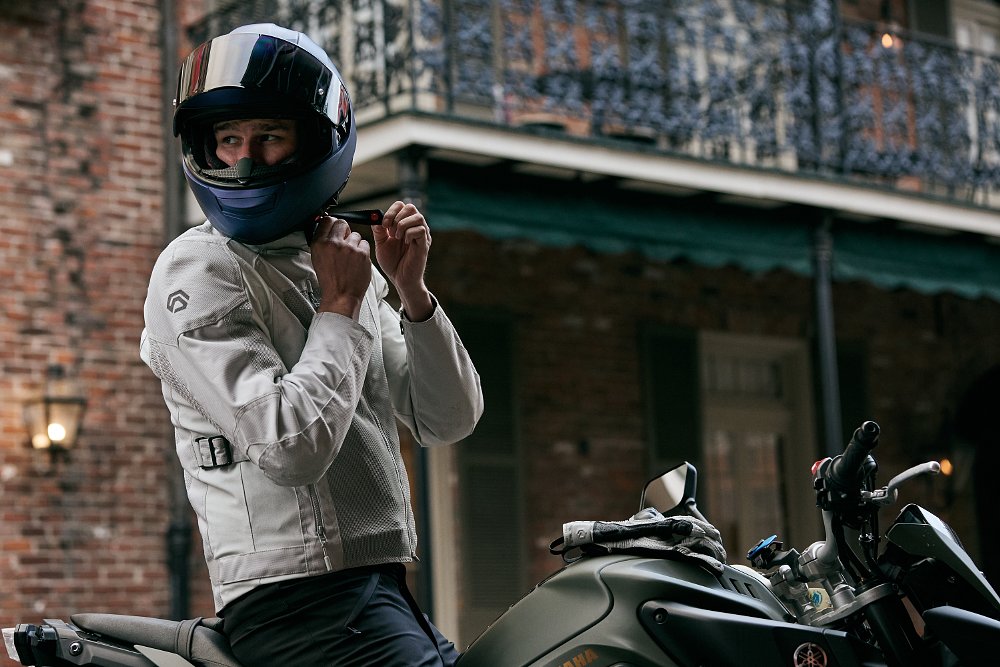
A study conducted by Syracuse University’s Lerner Center in 2021 only reinforces those findings. Analyzing data between 2009 and 2019, researchers discovered that states enforcing helmet laws recorded 33% fewer head-related fatalities. Whereas states without helmet laws could have avoided “approximately 7,000 excess deaths” (during the same 10-year period) by mandating helmet use.
Simply put, lids save lives. That’s why helmets top this list of essential motorcycle gear. But you don’t have to lose your shirt to protect your dome. Affordable options include the AGV K1 S, Sedici Strada 3, Bell Qualifier DLX Mips, HJC F70, and Scorpion EXO-R1 Air. All of which cost less than $400 and tout DOT and ECE certifications.
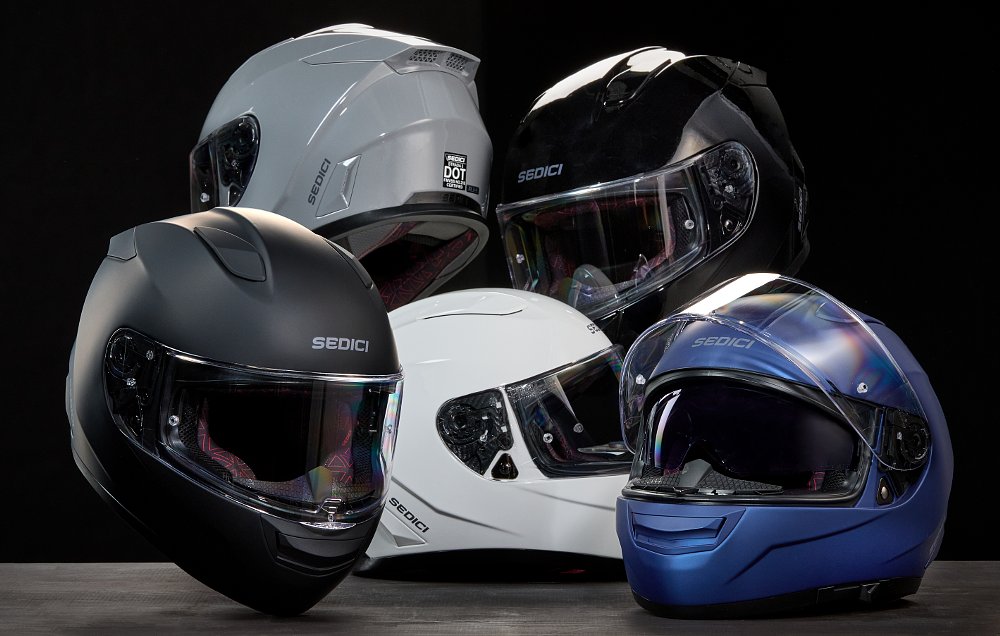
Jacket
This one’s a no-brainer, right? If you’re going to protect your brain, protecting your other vital organs seems just as, well, vital. Sure, an old leather jacket (real leather, not faux leather) may do the deed for slow-speed get-offs or slides, but it offers nothing in the way of impact protection. Dedicated riding jackets aren’t just constructed from abrasion-resistant materials, but also typically come with elbow and shoulder armor. It’s their capacity for additional impact mitigation that’s most important, though.
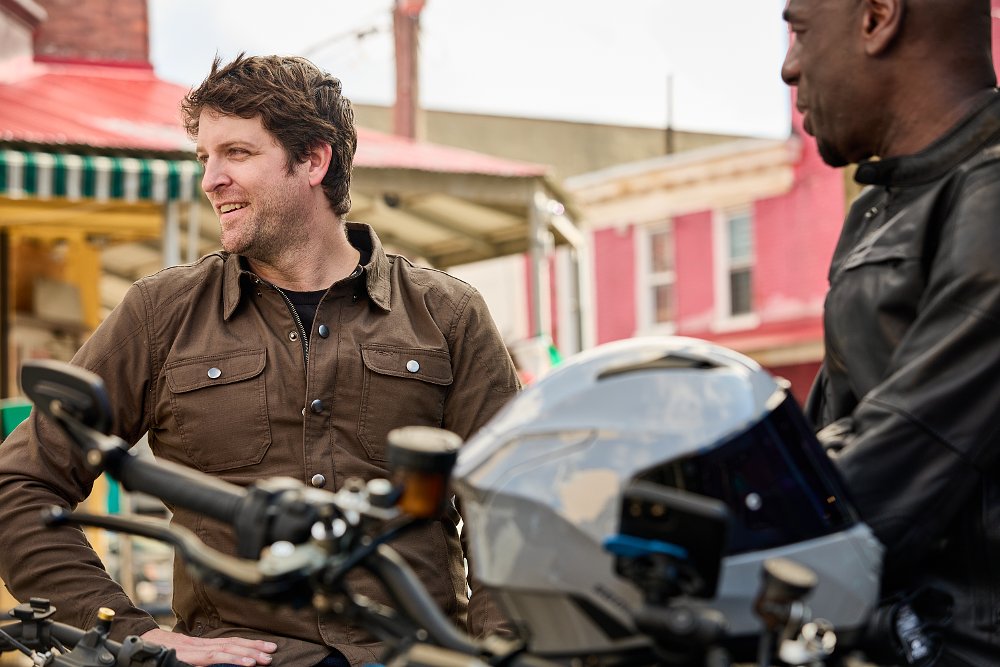
The U.S. National Highway Traffic Safety Administration (NHTSA) claims that “80% of all reported motorcycle crashes result in injury or death to the motorcyclist.” With the odds stacked in our disfavor, riders should take every precaution available. That includes back protectors, chest protectors, and air bag vests/jackets.
In a 2011 study, Australia’s George Institute for Good Health concluded that riders involved in a crash “were significantly less likely to be admitted to hospital if they crashed wearing motorcycle jackets.” The same study also found that garments including armor “significantly reduced risk of injury to the upper body.” Of course it's ideal to start with the full complement of protection, but if your new-rider budget is at the breaking point, you can buy the jacket now and add a back protector later, or even a stand-alone air bag system as you save up.
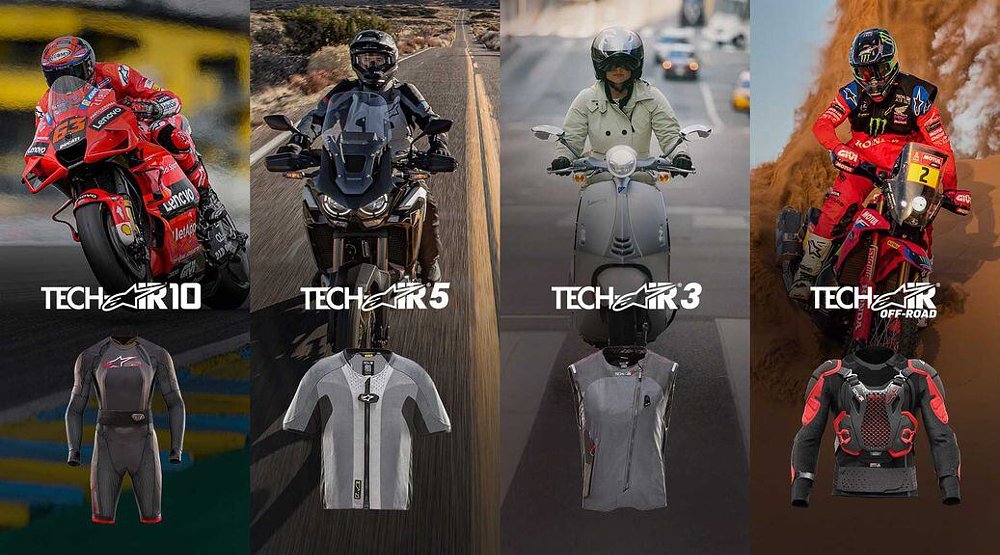
Protecting your core is priceless, and while jackets aren’t, reasonably priced options are available. The REAX Alta (women’s and men’s), REV’IT! Eclipse 2 (women’s and men’s), and Alpinestars T SP X Superair are just a few examples. All three come prepared with shoulder and elbow protectors along with a pocket for a back protector. Though airbag technology is far from cheap, Alpinestars’ Tech-Air 3 (women’s and men’s) is an accessible entry point.
It’s easy to argue the importance of helmets and jackets, but the next item on our pyramid of protection may require some convincing.
Gloves
OK, hear me out. I know what you’re saying. Gloves can’t be more important than jeans or boots. While that argument has legs, one fact remains: Your mitts are mighty valuable. Most of us aren’t professional soccer players. Most of us rely on our hands for our livelihoods, not to mention almost every daily task we take for granted. If a motorcycle crash renders them ground hamburger, you’ve got a big problem on your hands.
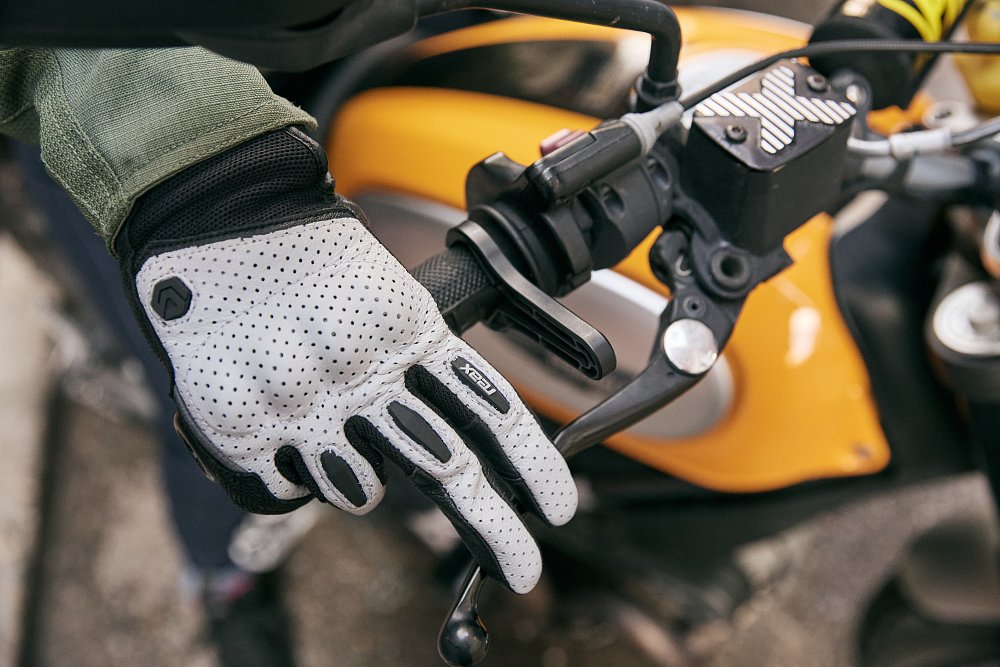
Stay with me, now. Things are going to get a little anecdotal around here. Answer me this, when a rider goes down, how do they brace their fall? Right, with their hands. Even a minor spill can lead to major damage to your paws. The evidence goes beyond common sense, as well.
Of the 27 gloveless riders included in the aforementioned George Institute study, 18 incurred wrist or hand injuries, compared to nine with no hand injuries. That’s a 2:1 injury rate. A stark contrast to riders wearing gloves, who recorded injuries at a 1:1 rate. Those wearing armor-equipped gloves fared even better, at 1:2.
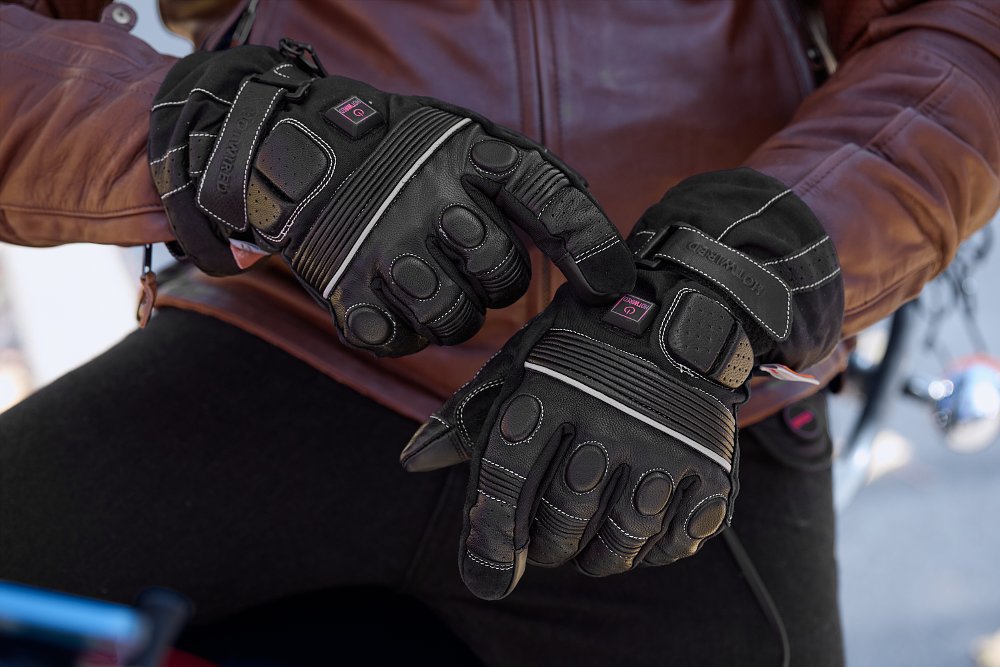
With your health and your income at stake, riding without gloves is a losing game — especially when there are so many low-cost, high-quality options on the market. Take the REAX Superfly 2, Scorpion EXO SGS MK II, and Alpinestars SMX-2 Air Carbon v2 (women’s and men’s), for instance. All employ armor and abrasion resistance to safeguard your fragile fingies. Well, that and your employment status.
Pants
Unless you’re layering chaps over them, odds are that your threadbare Levi’s won’t protect your hide in a slide. Standard denim lasts just 0.6 seconds when sliding across pavement. After all, Wranglers are made for hugging your buns, not shielding them from asphalt. That’s a job for motorcycle pants, and safety regulations help ensure each pair’s protective properties.
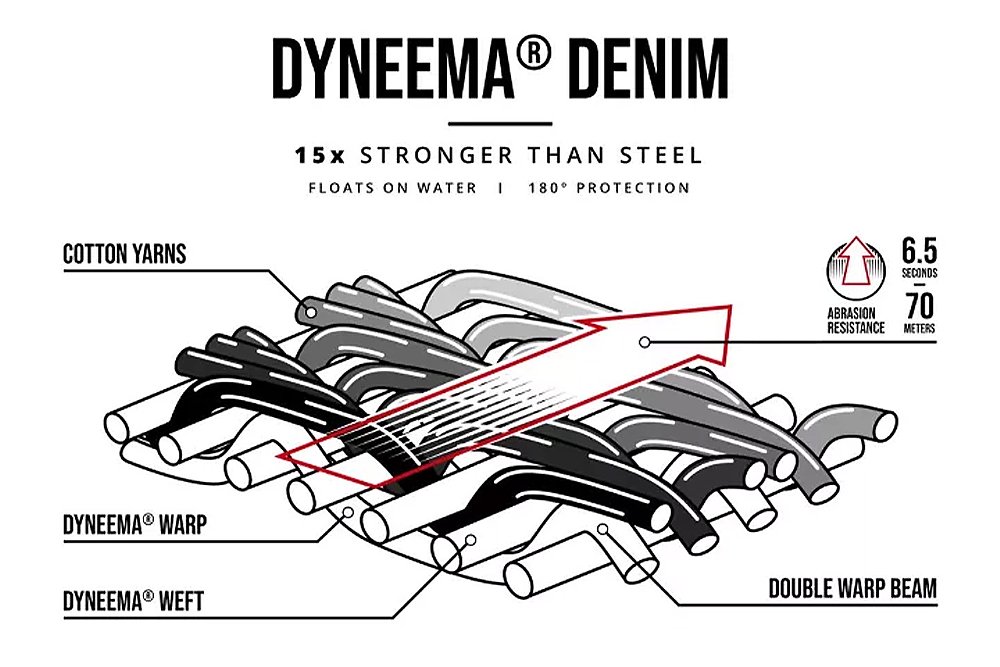
CE ratings uphold personal protective equipment (PPE) standards set forth by the European Union. Of course, gear sold in the United States doesn’t require a CE rating, but many manufacturers offer the same products in multiple countries. Thus, U.S. customers benefit from European testing. Merci beaucoup, E.U.
Under current regulations, CE standard EN 17092, gear is classified into five categories: C, B, A, AA, and AAA. (See this deep dive into the CE rating system for the full rundown of each tier). For our purposes, most riding jeans and trousers fall within the A and AA classes. This means they offer both abrasion and impact resistance, making them suitable for urban and touring riding.
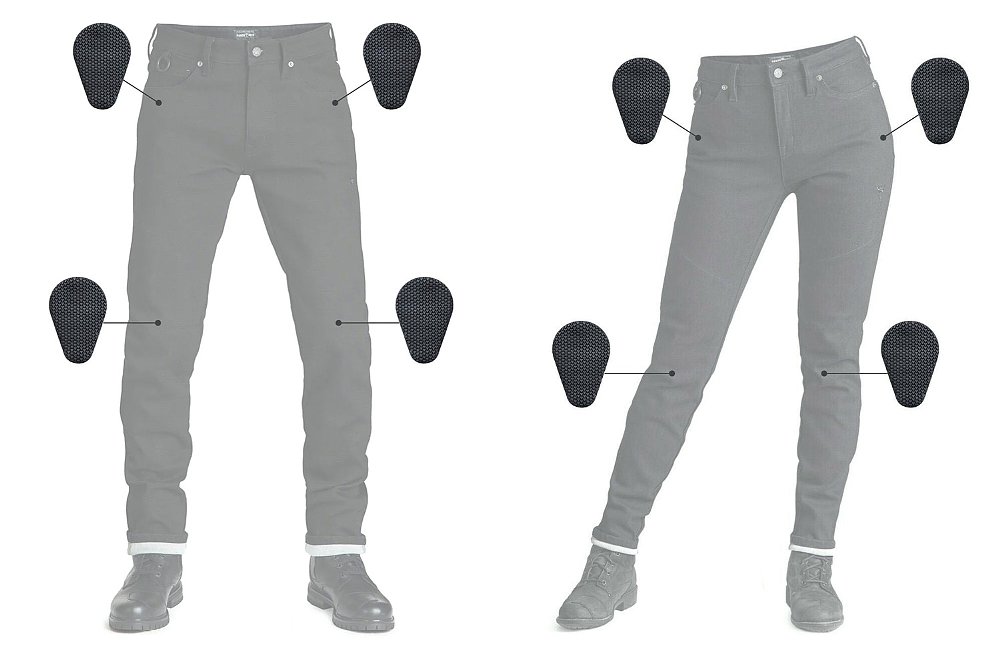
Some examples include the REV'IT! Philly 3, Dainese Drake 2 Super Air Tex Pants, Bull-it Lunar Jeans (women's), and Klim Marrakesh Pants. Whether denim or textile, whether lined or single layer, whether Kevlar or Cordura, there are options available for every kind of rider. Unless a skin graft is on your bucket list, there’s nearly no excuse for not wearing riding pants.
Shoes
If you’ve made it this far, congratulations. If you already have a pair of over-the-ankle, lace-up boots, you may be tempted to defer the purchase of motorcycle-specific boots or riding shoes, but there are reasons why the motorcycle footwear is significantly better.
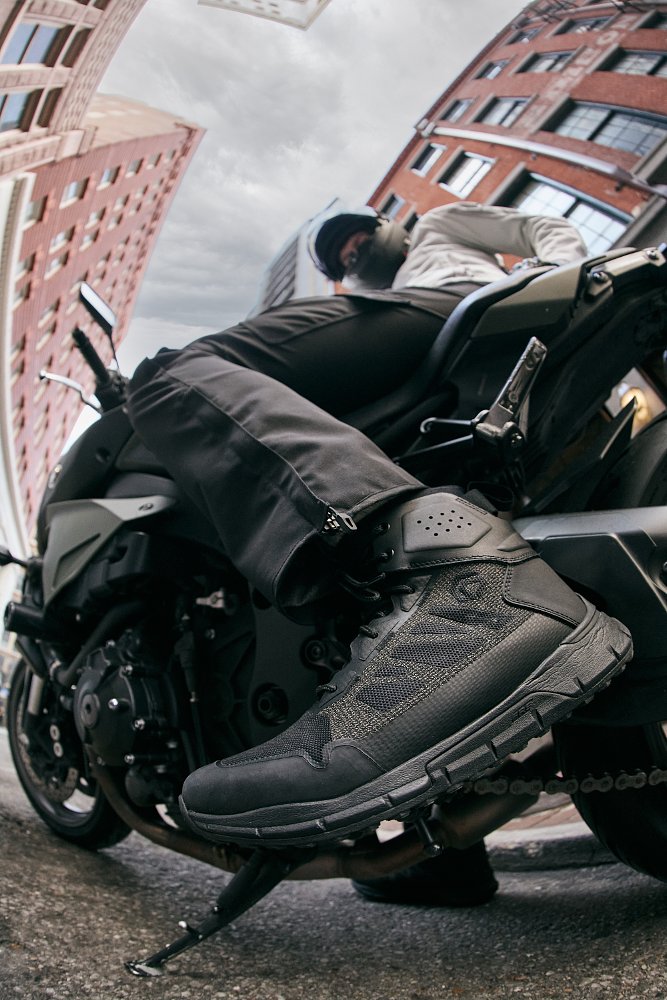
As always, it comes back to safety. Riding boots aren’t made for the construction site or for casual Friday. They’re made for, as the name suggests, riding. That means additional bracing and malleolus armor support and protect the ankles. Stiffer arches hold up to hours on the foot pegs. Slip-resistant soles maintain grip in less than ideal conditions. Perforated leather offers ventilation in warmer climates while waterproof construction keeps toes toasty in a downpour.
Not to mention, motorcycle footwear is also designed for specific disciplines. Getting into adventure riding? Good luck with those Chelsea boots on the trail. Got a need for speed? Unlaced Timberlands don’t play so nice with your sport bike’s chain final drive. Long story short, even entry-level motorcycle boots provide protection that regular footwear can’t match, all for around the same price as a pair of Nikes or Red Wings.
For the casual crowd, the sneaker-style REAX Fulton Air fits the bill, while those partial to a classic boot silhouette will turn in the TCX Blend 2 WP’s direction. If instead you’re looking to add a little sporty spice to your life, the Alpinestars SMX 6 v2 Boots are an excellent starting point. An old pair of high-quality, non-motorcycling boots can tide you over if you’re pinching pennies, but when funds make themselves available, riding shoes should be on your shopping list.
Basically…
I get it. Motorcycling isn’t cheap. Just getting on the road requires a significant initial investment. Purchasing quality gear can quickly become an afterthought. As RevZilla’s resident product expert Pat McHugh recently told me, "The best piece of gear is the one you wear every ride.” Focusing on gear that you actually want to wear is just as important as why you’re wearing it. That should apply to every component of your riding outfit, though.
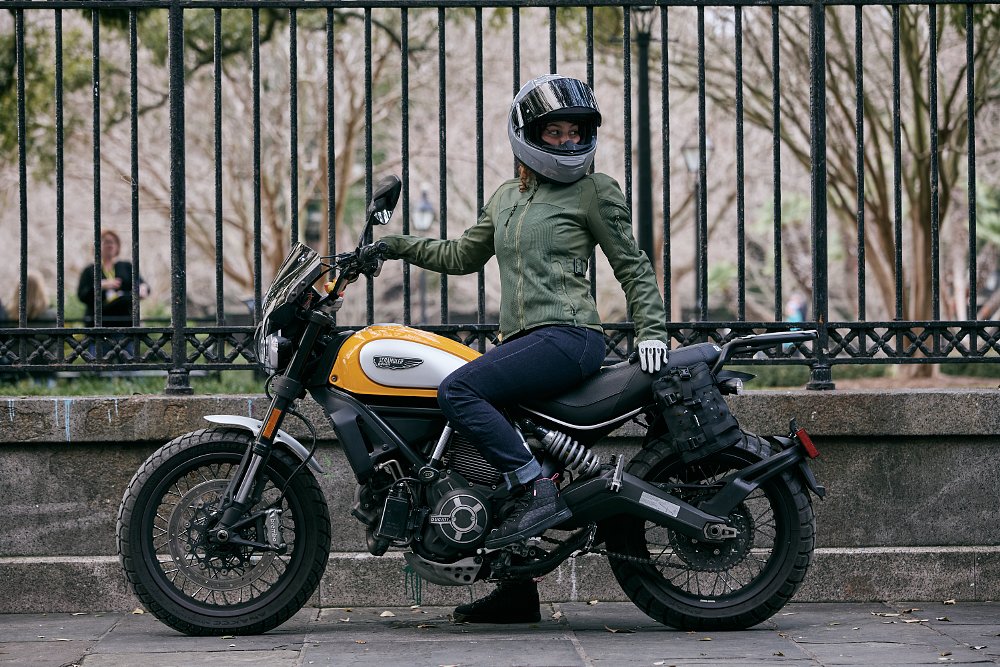
I won’t sing the ATGATT (All the Gear, All the Time) gospel to obnoxious volumes, but that should be any beginner’s ultimate aim. Some learn lessons the hard way. In motorcycling, that often involves a crash. The more fortunate ones catch a case of secondhand wisdom and gear up before the worst strikes. In the end, motorcyclists don’t benefit from the cages protecting drivers. The only thing between us, the road, and other vehicles is our gear. We should curate it as such.











